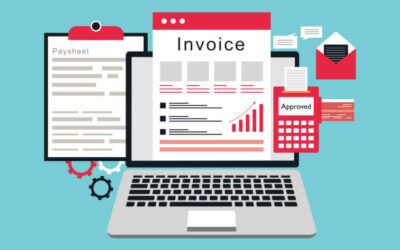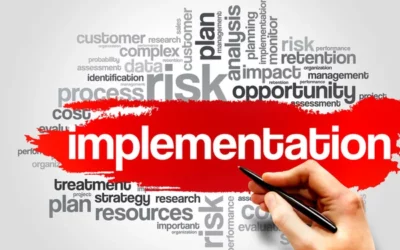Discover how the right contract renewal software can streamline your business operations, boost efficiency, and strengthen client relationships — plus, how oAppsNET’s digital solutions can transform your processes and drive growth with seamless integration and expert support.
Steps for Implementing Electronic Bill Presentment and Payment (EBPP) with your ERP System
Continue to drive growth and success with improved data accuracy, integrated billing and payment solutions, and more from Electronic Bill Presentment and Payment (EBPP).
What Is EBPP? Exploring Electronic Billing Presentment and Payment Solutions
Financial digitization is so much more than electronically taking care of bills and payments – it’s about revolutionizing the steps within transactions. We cover this and more…
Content Management: Unlocking the Benefits of Digital Transformation
In today’s tech-driven world, businesses are swiftly adopting paperless strategies to streamline operations, promote teamwork, and minimize ecological footprints. Learn more.
Building an Implementation Approach: Key Considerations for Successful Digital Transformation
View the essential steps, best practices, and common challenges organizations encounter during the implementation of digital transformation.
Cash Apps FAQs
Get the answers you’re seeking about the functionality, challenges, and strategic importance of proper cash application.






